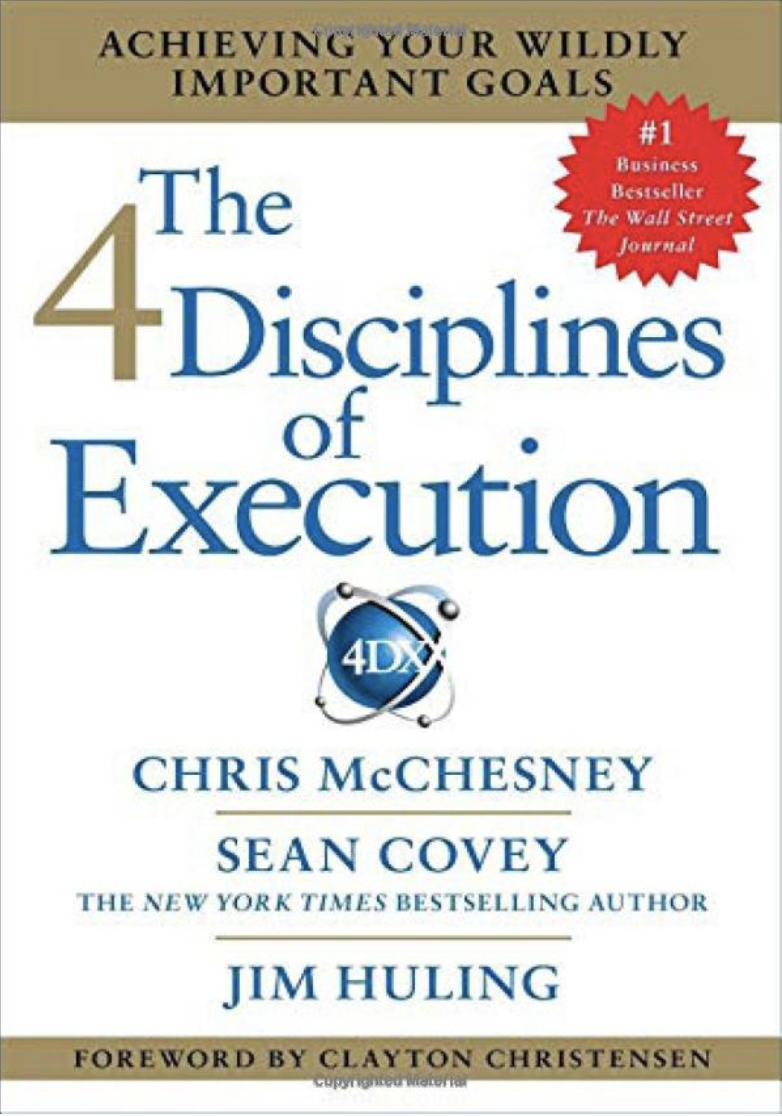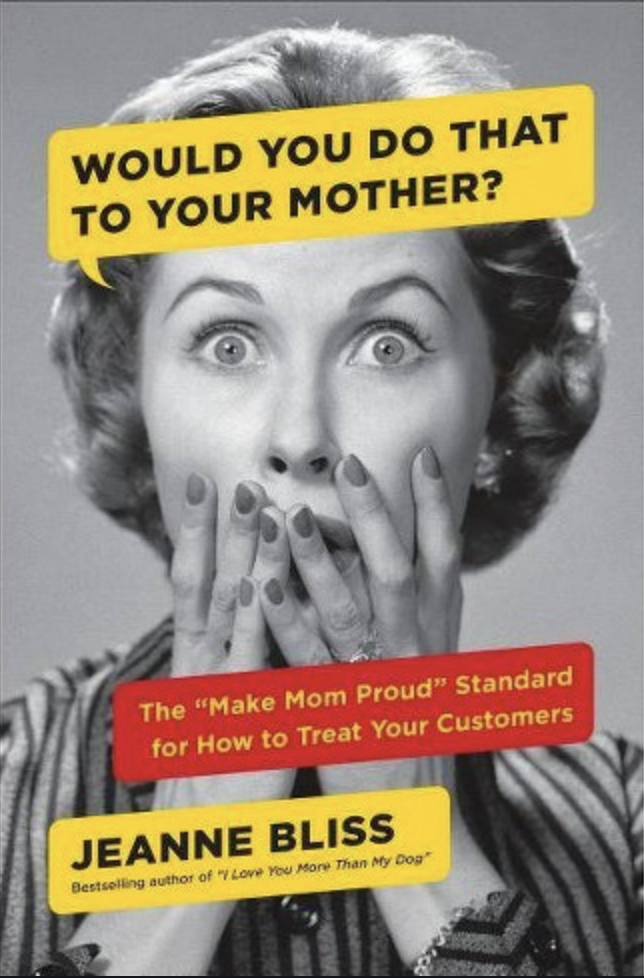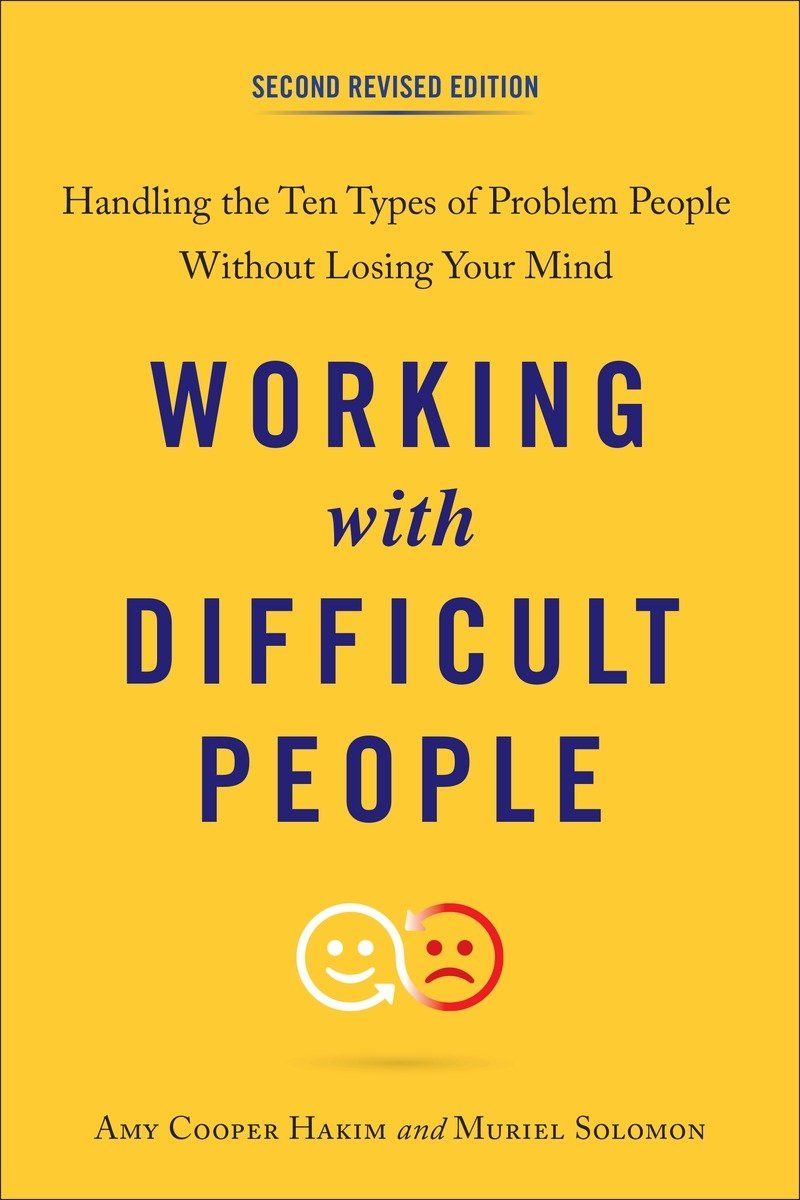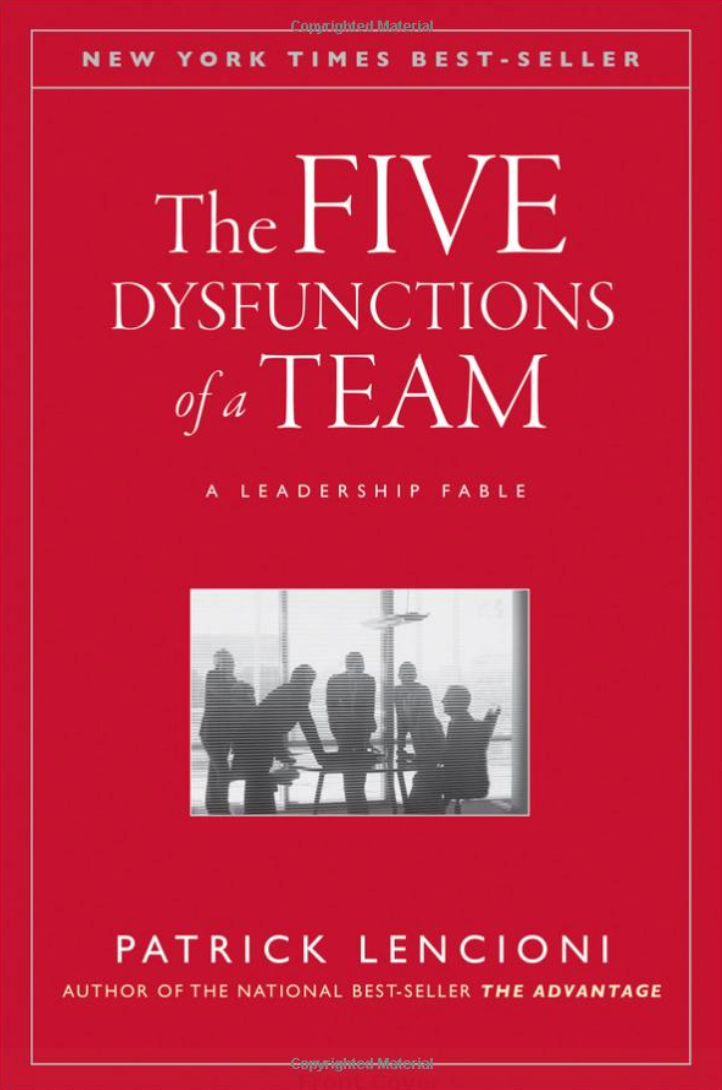As customer experience moves into the spotlight, it’s the perfect time for support leaders to invest in professional development and growth—for yourselves and your teams.
After all, you’re the expert on your company’s customers. Without your firsthand knowledge of what customers want, everyone from the C-suite to product will struggle to plan or innovate effectively. A winning customer-centric culture starts with you.
The best support leaders are well-rounded, excelling in the following strategic and people-focused areas:
- Execution and accomplishing goals
- Customer empathy
- Handling difficult people and situations
- Teambuilding
With that in mind, we selected the best books (with plenty of actionable strategies) for each key area. Along with a brief summary, we’ve also included key takeaways and next steps for each book.
If you’re ready to crush your goals and add even more value to your organization, here are four books to get you started.
The 4 Disciplines of Execution: Achieving Your Wildly Important Goals

Affectionately called 4DX by its many fans, this book by Chris McChesney, Sean Covey, and Jim Huling is a best-in-class read for anyone in management.
Filled with actionable strategies, The Four Disciplines of Execution will help any support leader execute their long-term strategies amidst the “whirlwind” of urgent day-to-day activity. With these tactics in your leadership toolbox, you’ll become a more confident leader who gets things done.
What you’ll learn:
True to its name, this book focuses on the four disciplines of execution. In short, they are the fundamental tenets that will guide you and your team to execute on strategies and plan better than ever before. Let’s take a look:
- The Discipline of Focus: The art of focusing on what’s most important and being able to separate it in your planning.
- The Discipline of Leverage: The art of understanding the key metrics of your function and how to use them in your decision making.
- The Discipline of Engagement: The art of creating a compelling story with the metrics around your projects.
- The Discipline of Accountability: The art of reflecting, iterating, and creating a cadence of accountability for you and your team.
Tip: How to apply what you’ve learned
As author Chris McChesney wrote regarding the Discipline of Focus,
“People who try to push many goals at once usually wind up doing a mediocre job on all of them.”
Help your team narrow the number of goals you are attempting to accomplish. Focus your team’s energy on one or two “wildly important” ones first, and you’ll be able to execute more effectively.
Would You Do That to Your Mother?: The "Make Mom Proud" Standard for How to Treat Your Customers

Bestselling author and speaker Jeanne Bliss has written four excellent books on customer experience leadership, including Chief Customer Officer and Chief Customer Officer 2.0. Pulling from her own experience as the first CX or chief customer officer for Lands’ End, Microsoft, Allstate, Mazda, and more, Bliss offers applicable lessons to everyone in customer-facing roles in Would You Do That to Your Mother.
Whether you're leading the team or leading the whole department, this book will hone your customer focus and give you helpful aphorisms with which to remember you're learning.
What you'll learn:
There are four key takeaways from this book, along with a practical assessment to understand whether you and your company act the way your moms would want you to. Here are the four things Bliss urges companies to consider to ensure their customers have the most excellent experience:
- Imagine how your company would act if every customer was your mom.
- Make it easy to do business with you.
- Help your customers achieve their goals.
- Establish a balanced relationship with your customers.
Each of these thoughts bundles tidily with a saying that you'd expect to hear out of your mom's mouth, like "Don't make me feed you soap!"
Would You Do That to Your Mother is a smooth, delightful, and impactful read. You’ll learn to keep your customers happy while behaving in a way that would make mom proud.
Tip: How to apply what you’ve learned
In an interview on the Knowledge at Wharton podcast, Bliss said:
“We’re finding that the more high-tech we get, the more humanity we need. Yes, you can possibly now have your refrigerator repairman indicate to you on an app when he’s going to show up, but it’s the man and how he shakes your hand and how he cares for your furniture that tells you the kind of mother he’s got.”
To emphasize humanity in customer experience, you first need to build a team that embodies that core value. Specifically look for empathy when hiring customer support or experience employees. Put your candidates in situations where you can get a feel for who they are as a person, as opposed to a name on a resume.
As Bliss said, companies are “changing how they hire, whom they hire, and making the employee experience as deliberate a path and priority as customer experience.”
Working With Difficult People: Handling the Ten Types of Problem People Without Losing Your Mind

Working With Difficult People is like the Bible for dealing with challenging interpersonal dynamics. And as every customer support person knows, difficult people come with the CS territory. We’ve all got stories about “that one customer.”
As a leader in support, it's your job to help guide your employees in dealing with potentially tricky people. You may also run into situations where you'll need to navigate difficult conversations or troubling people—they might even be your colleagues.
Either way, Working With Difficult People is an intelligent, real-world guide offering pragmatic strategies. And this updated version of the book touches on more modern issues, including technology. So whether you’re working with a difficult person face-to-face or online, this book will help you resolve conflict more effectively.
What you’ll learn:
Authors Amy Cooper Hakim and Muriel Solomon offer specific tactics for dealing with 10 types of difficult people, along with ways to keep yourself calm, cool, and collected. Let’s take a look:
- Hostile or angry people: Adopt the right perspective about difficult people. Realize that their actions aren't personal. In fact, with them, nothing is personal.
- Pushy or presumptuous people: If people attack you, put your hurt feelings aside. Plan a constructive response.
- Deceitful or underhanded people: Don't expect contentious people to change, because they never will. On the plus side, this makes them predictable.
- Shrewd or manipulative people: Let people know that their actions or negative attitudes hurt your feelings. They might not have meant to upset you.
- Rude or abrasive people: Ask for constructive insights on how others in your organization feel about you. Use open-ended questions to elicit the most meaningful responses.
- Egotistical or self-centered people: Never turn a professional issue into a personal matter. Frame disputes in the context of procedures, policies, and goals, rather than your feelings about the outcome.
- Procrastinating or vacillating people: Be direct and discrete regarding all personal disagreements at work.
- Rigid or obstinate people: To avoid misunderstandings and future backsliding, get everything in writing.
- Tight-lipped or uncommunicative people: Be calm and professional when contending with others. Insist on respectful treatment for yourself as well.
- Complaining or critical people: Never respond with rudeness or incivility when people are rude to you. If you do, they win.
Tip: How to apply what you’ve learned
After you’ve read this book, ask your team to read it, too. Discuss amongst yourselves the tactics laid out in the book. Talk about real-world examples in which you or your team members have dealt with one or more of these 10 types of difficult people. What went well? What could you improve for next time?
To better understand the perspectives of each of these 10 types and the best way to respond, consider doing some role-playing exercises with your team.
And for more inspirational nuggets, check out Dr. Hakim’s Twitter page.
The Five Dysfunctions of a Team

When it comes to business, Patrick Lencioni knows what he’s talking about. He’s written 10 business books, and is the founder of The Table Group, a management consulting firm specializing in executive team development and organizational health.
In The Five Dysfunctions of a Team, Lencioni proposes that the success of a team as a whole, not just of the leader, gets results. In the book, the reader meets a group of C-level executives learning from a new CEO. The book reads like a fable. Each chapter ends with a moral, before continuing to the next step in the team's journey. Some spots are uncomfortable, some anecdotes are joyful, but all of it is relatable.
What you’ll learn:
As the title implies, you will learn all about the five dysfunctions that plague every team:
- Absence of trust: Being unwilling to be vulnerable within the group.
- Fear of conflict: Actively seeking artificial harmony over a constructive and passionate debate.
- Lack of commitment: Feigning buy-in for group decisions rather than committing and taking a stand.
- Avoidance of accountability: Ducking the responsibility to call peers on counterproductive behavior.
- Inattention to results: Focusing on personal success, status, and ego before your team's success.
This book will give you all the knowledge you need to make or break your team. With great power comes great responsibility.
Tip: How to apply what you’ve learned
Each chapter ends with a quiz, allowing you to grade yourself and your team. And at the end of the book, there’s a group survey for you and your team.
Complete all the quizzes and work on the group survey with your team. Once you have the results, discuss them with your team. What dysfunctions might be present on your team? How can you address them?
By working on this with your colleagues, you’ll hear more great ideas and get buy-in from your team on how to eliminate dysfunctions.
Go forth and learn
There are many excellent customer experience books out there, and we only listed a short few. If you're still champing at the bit for more, here are a few honorable mentions:
- Measure What Matters
- The Best Service Is No Service
- The Art of Persuasion: Winning Without Intimidation
Each of the books in this article covers a different aspect of support leadership: teamwork, customer focus, interpersonal communication, and strategy execution. With mastery of these four traits under your belt, the professional world is your oyster.

